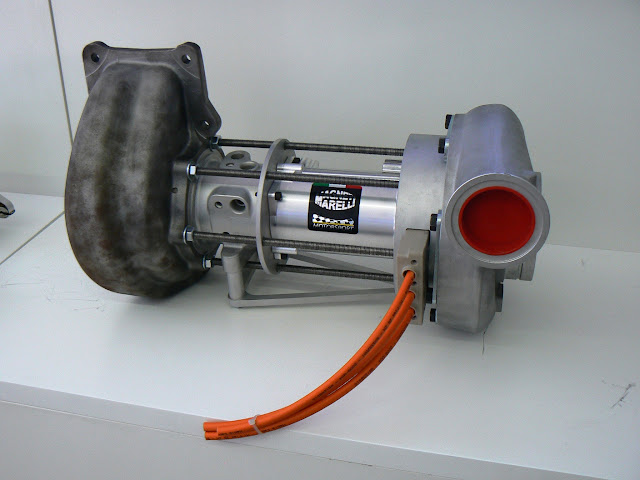- Login or Register
No account yet? Sign up
as long as the engine makes more power than is needed to push the car through the air the car with be accelerating, thus the rpm increasing, there is no trickery involvedBlackout wrote:Have a dumb question: how the hell can you increase RPM from 10500 to 15000 if fuel and air flow are constant and the engine has no variable valve timing ? you use the KERS?
Less fuel per revolution, same fuel per hrBlackout wrote:Have a dumb question: how the hell can you increase RPM from 10500 to 15000 if fuel and air flow are constant and the engine has no variable valve timing ? you use the KERS?
I dont fully understandlangwadt wrote:as long as the engine makes more power than is needed to push the car through the air the car with be accelerating, thus the rpm increasing, there is no trickery involvedBlackout wrote:Have a dumb question: how the hell can you increase RPM from 10500 to 15000 if fuel and air flow are constant and the engine has no variable valve timing ? you use the KERS?
I don't know why you would want to do this .....Blackout wrote:Have a dumb question: how the hell can you increase RPM from 10500 to 15000 if fuel and air flow are constant and the engine has no variable valve timing ? you use the KERS?
As Langwadt says, so long as the engine has more power than is required to drive the car at a set speed it will accelerate.Blackout wrote:I dont fully understandlangwadt wrote:as long as the engine makes more power than is needed to push the car through the air the car with be accelerating, thus the rpm increasing, there is no trickery involvedBlackout wrote:Have a dumb question: how the hell can you increase RPM from 10500 to 15000 if fuel and air flow are constant and the engine has no variable valve timing ? you use the KERS?
I don’t see why you’d do it in a perfect world with a choice of gear ratios. But if you’re limited to a ratio optimum for the average course but too short for a specific course, overreving at a bit reduced power is better than not doing so.Blackout wrote:Have a dumb question: how the hell can you increase RPM from 10500 to 15000 if fuel and air flow are constant and the engine has no variable valve timing ? you use the KERS?
No so sure about the no need for the motor part, an MGU-H on a V8 could be used to bring back blown diffusers/floors...ian_s wrote:Just put a recovery turbine and GU-H in the exhaust (no need for a motor part, no forced induction)
all the time you are at full throttle its recovering exhaust energy, maybe at a cost of crankshaft HP due to back pressure but there should be a good amount of 'free' hp available
Blackout wrote:I dont fully understandlangwadt wrote:as long as the engine makes more power than is needed to push the car through the air the car with be accelerating, thus the rpm increasing, there is no trickery involvedBlackout wrote:Have a dumb question: how the hell can you increase RPM from 10500 to 15000 if fuel and air flow are constant and the engine has no variable valve timing ? you use the KERS?


 (http://forum.b92.net/topic/72645-novi-v6-f1-motori/)
(http://forum.b92.net/topic/72645-novi-v6-f1-motori/)